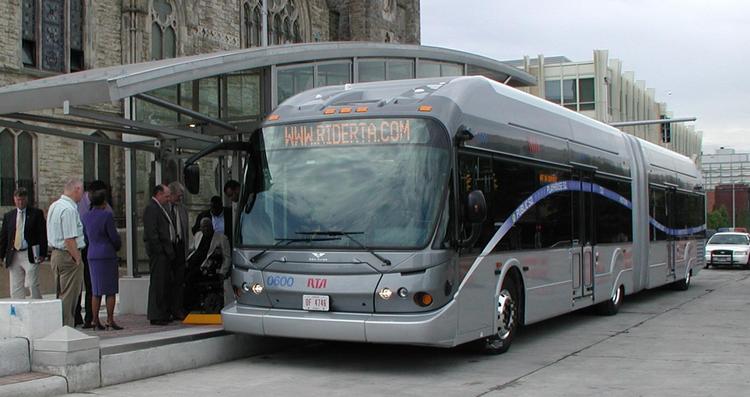Bus Rapid Transit: the latest “quick fix” for the local economy
Reliably, my old friend Winthrop Quigley was in the Albuquerque Journal helping sell the latest government scheme for “transforming” Albuquerque. There is so much nonsense contained in the article that it almost requires a point-by-point refutation. He starts with the canard that “Albuquerque has long worked to get businesses to move here, mostly by lowering the cost of doing business.” I’m not sure what Quigley means by that, but the gross receipts tax in Albuquerque has gone up by more than 20% since 2000. That is hardly going to lower the cost of business…
Anyway, Quigley shares a list of amazing things you will be able to do up and down Central once the BRT is in place. What he fails to mention is that the existing Rapid Ride bus (which in its current form is already a type of BRT) already serves much of the same area and can provide the exact same service.

And then Quigley talks up Cleveland and the wonderful things BRT has supposedly done for that town. Of course, famed urbanist Joel Kotkin has interestingly paired Cleveland and Baltimore as “Potemkin Villages” for their policies which divert tax revenue from one area of the city to another “redeveloped” tourist area. I’ve already discussed Cleveland’s myriad problems at some length.
The final point here is that, yet again, an advocate of the BRT makes every argument BUT the one you’d expect from an advocate of a new transit system…that the system will somehow make getting around easier and more efficient. In fact, Quigley doesn’t even argue that BRT would improve mobility, but he notes that “Motorists would have to be willing to tolerate slower speeds around Central.”
This project is right up there with the Rail Runner and Spaceport as a “more smoke than fire” economic development scheme. Rather than a clear path to success based on stated needs and goals, it is the scattershot “if you build it, they will come” approach. If you build a train or a spaceport you’ll generate prosperity. Unfortunately, in the real world, ballplayers don’t live in cornfields and the path to economic prosperity involves making New Mexico and Albuquerque an attractive place to do business.

